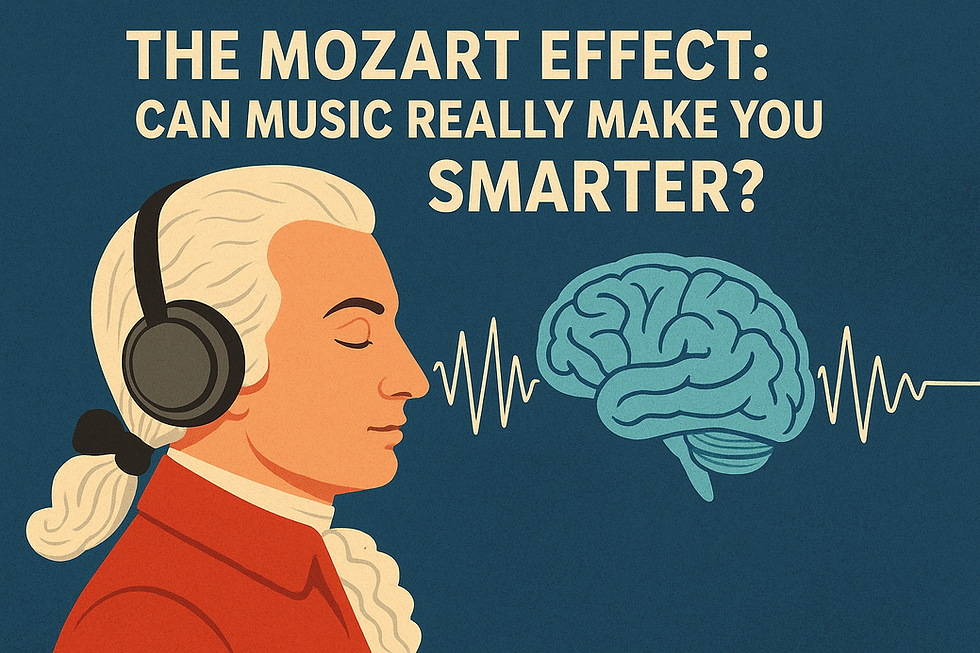Tiny Hands, Big Lessons: Teaching Music to the Littlest Learners
- Sharanya naidu
- May 3
- 2 min read
Updated: May 8
For many music teachers, career plans start with a clear vision: maybe it’s conducting a high school band, leading a choir of teenagers through a challenging score, or preparing ensembles for competitions. Teaching kindergarteners? That’s rarely part of the plan.
Yet more and more secondary music teachers are finding themselves doing just that—teaching early-grade students, sometimes by choice, often by circumstance. And while the transition might seem jarring at first, it opens up a surprising world of growth, learning, and discovery.

The Unexpected Shift
When secondary-trained music teachers are asked to teach young children, their first reaction is often: “But I don’t know how to do this!” They’re used to working with teenagers who can read music, follow rehearsal routines, and perform in structured settings. Suddenly, they’re faced with a room full of five-year-olds who may burst into spontaneous dance, need constant redirection, and have attention spans measured in minutes.
The shift isn’t just about age—it’s about mindset. Early childhood music is less about mastering repertoire and more about sparking musical joy. It’s playful, movement-based, and centered on exploration. For teachers who’ve built their identity around precision and performance, this can feel like unfamiliar territory.
Learning to Play Again
Here’s the twist: once secondary teachers let go of their expectations, they often find joy in the simplicity and spontaneity of teaching younger kids. Singing songs with hand motions, making up rhythms on drums, or just watching a child light up during a musical game—these moments remind educators of why they fell in love with music in the first place.
In fact, many teachers report that this experience makes them better educators overall. They become more flexible, more creative, and more attuned to developmental needs. They rediscover the power of storytelling, repetition, and movement—tools that can even enhance their secondary teaching.
Building a Bridge, Not a Barrier
One of the unexpected benefits of this crossover is the ability to build continuity in a child’s musical education. Secondary teachers bring a long-term perspective to early instruction. They know where students are headed musically, and they can lay strong foundations with that journey in mind.
But to make this shift sustainable, schools and districts need to offer proper support. Professional development in early childhood methods, mentorship from experienced elementary teachers, and time to adapt lesson planning approaches are essential. Without these, teachers risk feeling isolated or ineffective.
Embracing the Unexpected
While secondary music teachers may not have set out to teach little ones, many come to value the experience deeply. It challenges them, stretches their teaching toolkit, and offers a fresh, joyful perspective on music learning.
After all, music is music—whether it’s a Bach chorale or a clapping game in circle time. And sometimes, the most unexpected turns in a teaching journey can be the most rewarding.



Comments